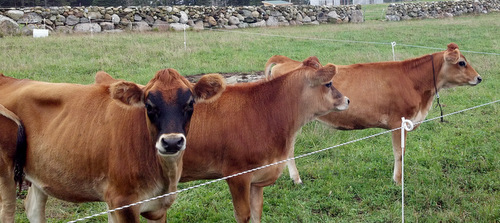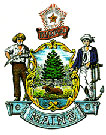The Maine Sunday Telegram (and associated newspapers) published a good overview of the present state of Maine’s 307 (currently) dairies this past Sunday. It is NOT a bright or positive story, but it is an honest look at a critical keystone of Maine agriculture and the federal and state programs that control much of what dairy farmers are (or are not) paid.
One fact left out of this excellent article is that Maine now asks the Oxford Casino to help fund its price support program. How sad that we depend on gambling revenue to keep fresh local milk in the grocery stores? We need to wake up and be willing to pay the TRUE price of our food, and stop hiding the true cost, which really hides the value of our hard working and dedicated Maine farmers. And if dairy farming doesn’t make economic sense, we should not be surprised that most young Mainers don’t want to go into that field…

 This is not news, but Maine dairy farmers now stare at a double-set of spinning saw teeth in the form of higher costs of production and shrinking government subsidies. The
This is not news, but Maine dairy farmers now stare at a double-set of spinning saw teeth in the form of higher costs of production and shrinking government subsidies. The